Japan has earned its reputation as the most innovative country in the world regarding technology. For everything from smart devices to vending machines, it is the same. When it comes to the car business, it is the same.
Over the years, huge car companies like Toyota have worked hard to make exciting cars. Some concept cars from decades ago predicted the future with amazing accuracy, while other custom rides are mind-blowing. Check out some of the unique cars ever produced in Japan.
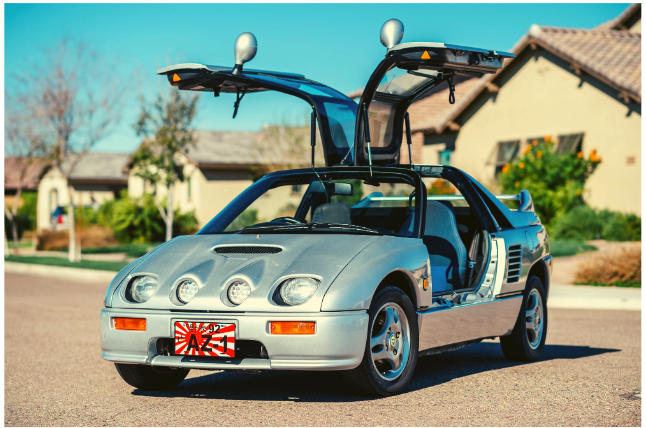
Antennas Car
The combination of blue and yellow will surely grab attention, especially when accurately painted on a vehicle. The owner of this sports car shows a lot of love and care for it, as seen by the fact that it has been given the royal treatment.
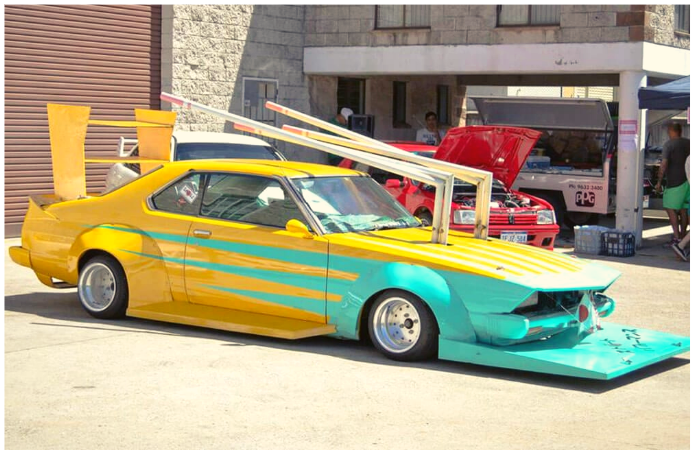
Even if the enormous pipes protruding from the hood might not be to everyone's taste, this does not mean that they are any less appealing to a specific subset of consumers. If you take off the custom paint and the spoilers, you might be surprised to find that it is a lovely old antique automobile.
Be warned that you should not anticipate that happening any time soon because this whip is in it for the long haul.
Autozam AZ-1
You might think that a sports car with a name like Autozam would be able to deliver a little bit more of a jolt, but you will be wrong. Although the Suzuki AZ-1 was never truly successful enough to make it to the major leagues, it is nonetheless significant for several reasons.

The coupe was manufactured from 1992 to 1995 and was available in two colors: Siberia Blue and Classic Red. It was designed to appeal to buyers on both ends of the market. The Toyota-owned AZ-1 was a reasonably priced mid-range vehicle; nevertheless, sales were dismal, and the company could not fulfill its modest sales goal of 800 units per month.
Despite this, a big part of the accomplishment of this project can be attributed to the robust state of Japan's economy at the time.
Batman Van
Given how much this van has been changed, it is impossible to tell what it used to be. In many ways, this is what makes Japan's custom car scene so great. Normal models are taken and changed so much that they can no longer be recognized.

In this case, the design was based on Batman. The purple and yellow colors associated with the Joker were used to make something out of this world. It is hard to believe that this car can even be driven, but it can.
The Batman Van will not look out of place in a Batman show on AT&T.
Daihatsu Midget II
Some cars come out of nowhere and blow everyone away with their sleek looks and high-tech features, while others make a much smaller but still noticeable mark. The Daihatsu Midget came out in the 1950s and was made until the 1970s.
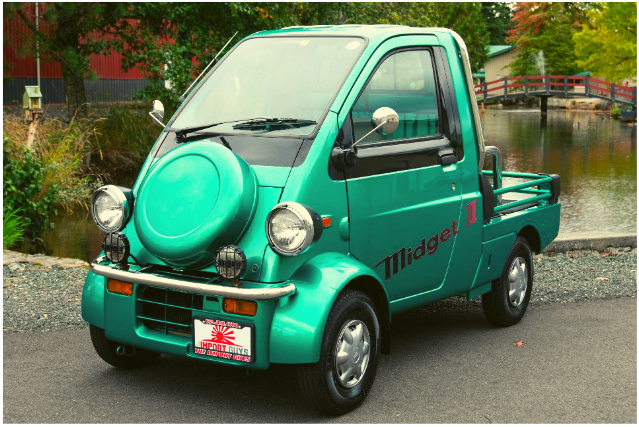
Fans of the cheap three-wheeler were happy to hear that the Mark II came out in 1996. The Midget was small but had four wheels and looked more like a van. The design was popular for a small car, especially in cities where parking is hard because of all the people.
Elevator Car
Have you ever been backed up in traffic and wished you knew how far the line of vehicles stretched back? With the push of a button, this nifty customized car would be able to solve that problem.

This station wagon, which is not for those who are weak of heart or who are afraid of heights, has the potential to push you above and beyond the competition.
Because it is obvious that the current owner has put a significant amount of effort into this customization, you will not see it on eBay soon. Although it may be some time before this trend becomes popular, there may be a market for a vehicle such as this one - even if it has not been found just yet.
Flying Car
A Japanese start-up, SkyDrive has teamed up with one of the world's best car makers to bring the future of driving even closer. After getting $37 million from Toyota, SkyDrive was able to make a prototype for its first single-seat flying car.
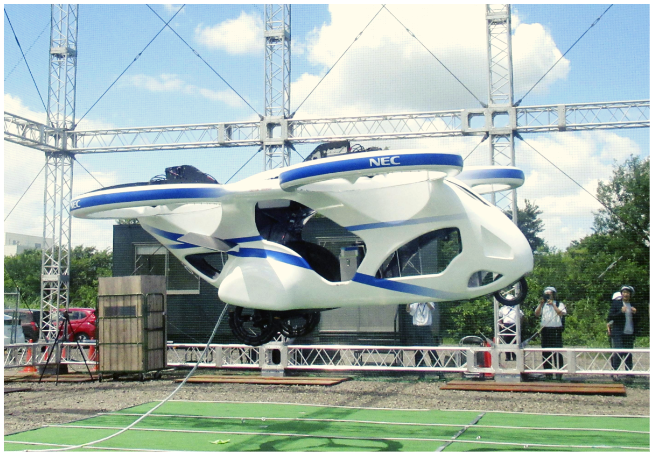
Even though it is not quite the same as packing the Ford and going on a family road trip, many car lovers would love to ride in this craft. The flying car hasn't gone into mass production yet, but if tests continue to look good, it could hit the market as soon as 2023.
Hello Kitty Car
The character known as Hello Kitty has been around for quite some time, having made her debut in 1974. The years have passed, yet the adorable little cartoon cat has been able to keep a sizable following all these years. Some of the figure's fans are so devoted to the character that they have even named their vehicles after it.
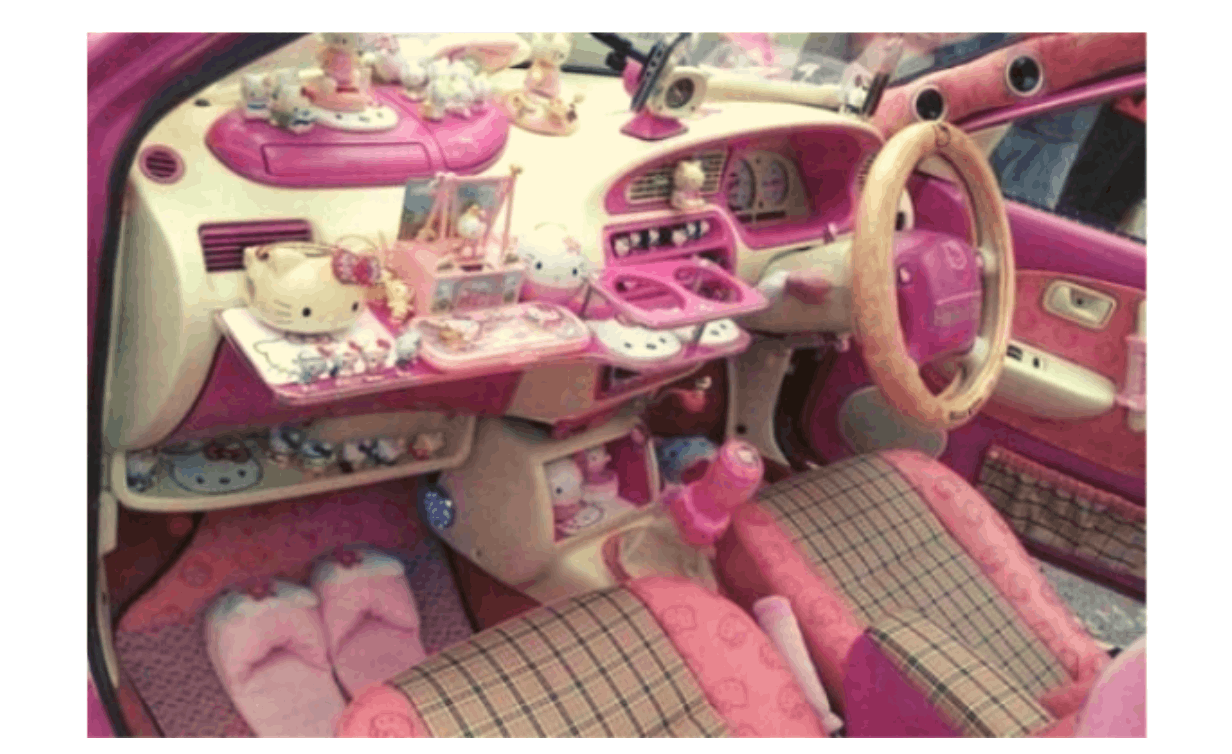
This automobile appears to be more of a mobile shrine than a moving vehicle. It is possible to purchase Hello Kitty merchandise on various websites, like Amazon. Nevertheless, it appears that the owner of this car has even reupholstered the seats to match.
There was a limited edition Hello Kitty automobile produced by Mitsubishi in 2014, and the price of each one was $13,400.
Honda Fuya-Jo concept
When it was shown at Toyota's auto show in 1999, Honda's Fuya-Jo concept car wowed people. The strangely shaped box car looks more like a wheel speaker than a way to get to work, but that was the point.
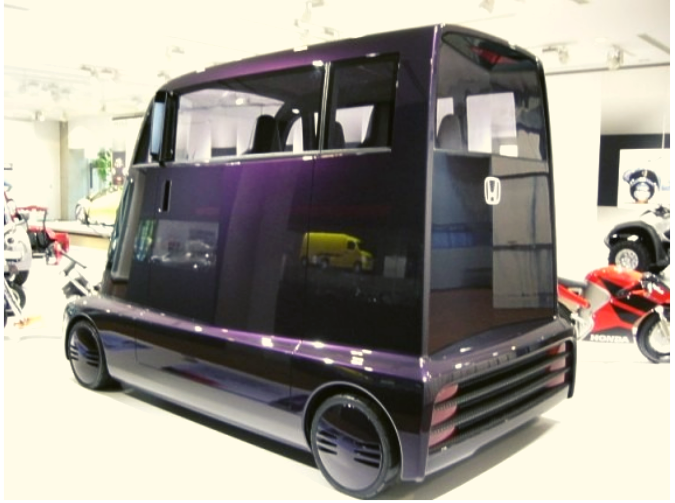
Each seat was made to look and work like a bar stool, and big speakers were built into the door panels to make it feel like a mobile club. As a concept car, Honda's Fuya-Jo never went into mass production, but it is still fun to look at more than 20 years later.
Leopard Print Car
Lamborghinis come in a wide variety of body styles and engine displacements. Some are solid black, others are hot pink, and others are covered from head to toe in a leopard print.
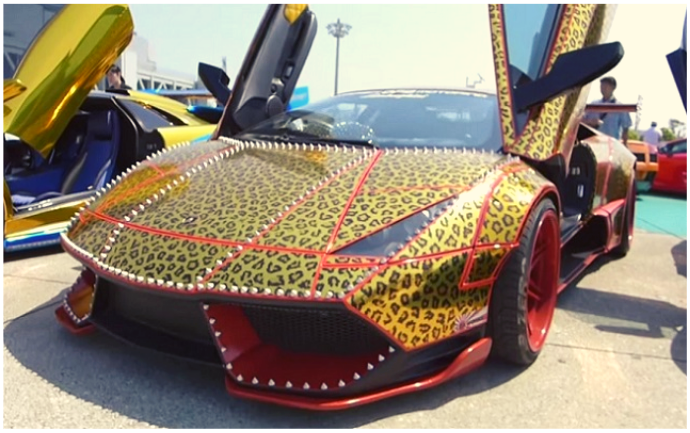
It is possible that the owner spent more than $200,000 on this car, considering both the make and type of the vehicle and the considerable customizations. Because leopard print goes in and out of style frequently, selecting it as a decal is a gamble.
One thing is sure, which is that this automobile is neither timid nor safe. Car lovers do not settle for something as dull as black when they can turn up to the school run in this bad boy and leave an impression that will not soon be forgotten.
Mitsuoka Orochi
The Mitsuoka Orochi is the pinnacle of automotive excellence for those passionate about Japanese automobiles. The body was purposefully created to draw attention to its beautiful curves.
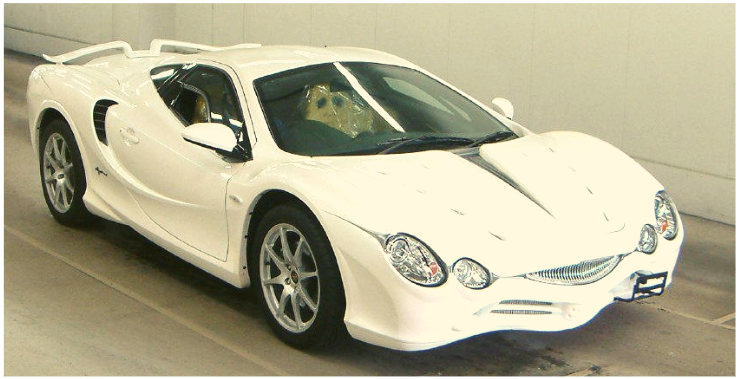
Even though Mitsuoka Motors initially conceived the vehicle in 2001 as a show car, the company quickly concluded that it was too good of a chance to pass up and put it into production.
Since 2006, several distinct iterations of the automobile have been produced, each of which has been made in a restricted amount. Orochi's are not exactly the most reasonably priced run-around available, coming in at approximately $150,000 per unit.
Neon Car
Car fans know those big companies do not always make the best cars. Car owners love to change their cars in wild and exciting ways. In 2015, American car fan Steve Feldman went to Japan to check out the amazing custom car scene.

One group is known for customizing Lamborghinis by painting neon colors and putting neon lights on them. Considering that most of these models cost more than $200,000, some might think this is sacrilegious, but others find it very interesting.
The fact that these vehicles get so much attention on sites like YouTube is proof of that.
Nissan Boga
When people think of the 1980s, it is always the bad fashion choices that should have never been made. But Nissan worked hard in 1989, making a new concept car that looks like it should have been made in 2017. The first time people saw the Nissan Boga at the Tokyo Auto Show, they were very excited.
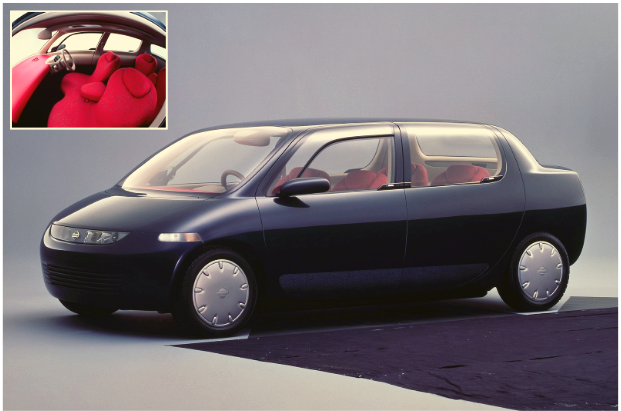
The Boga was way ahead of its time in a lot of ways. The silhouette was made to give passengers more space, and the car even had fingerprint sensors to make it easy to get in and out. Now, this kind of sensor is common, but 30 years ago, it would have blown your mind. Sad to say, the Boga was never made in large numbers.
Pink Van
Pink is a color that will always be in trend, so if one is having trouble deciding what color to paint their van, consider going with this classic hue instead. The owner of this tricked-out transporter read the memo, but they did not stop adding a dash of fuchsia here and there.
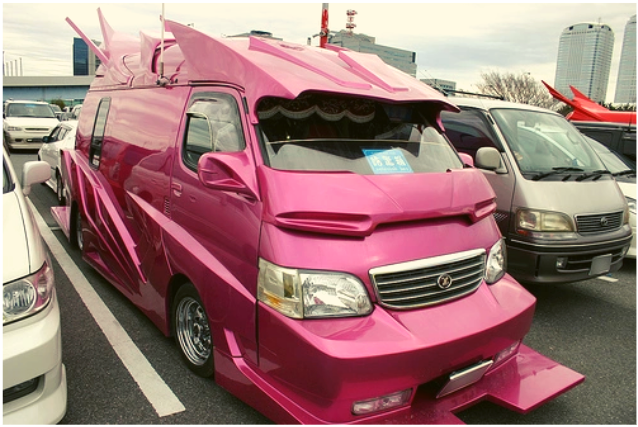
The unusually formed and pointed bonnet and the changed wheels and pipes combine to produce a genuinely eye-catching spectacle that will not be overlooked at any car show.
Toyota FXV concept
The first Toyota FXV Concept car was made in 1985, but it was not just any old concept car. This one was made to predict what the future of cars will look like. Some of the features did become the norm, which is interesting. Take the heads-up display as an example.
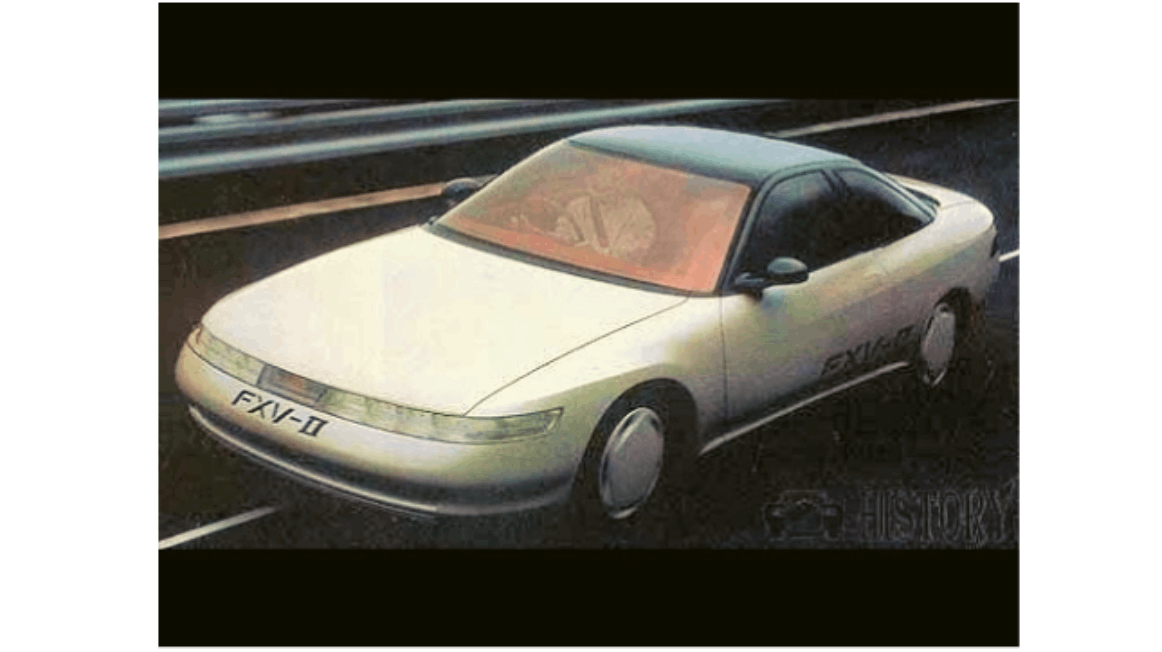
With its shiny silver exterior and low, pointed hood, the FXV looks like it was made in the 1980s. The headlights were tiny slits instead of full lights, and the car looked futuristic, or so Toyota thought.
Conclusion
There are exceptions to the rule that even while much of what Japan puts out there may be described as "conventional," there are still a few exceptions. While some have made it over abroad, some can never leave Japan because they are simply too strange for anywhere else.






